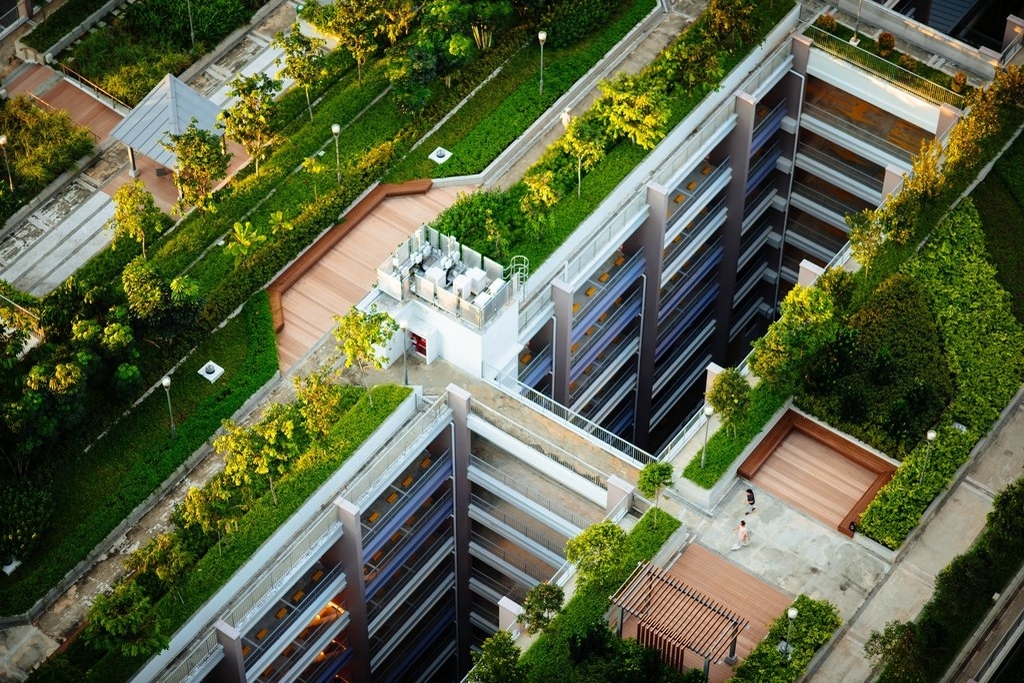Our City Blooming Statements
Intrigued in expanding food up for sale in the City of Chicago? Thinking of starting a neighborhood garden? Adjustments to the Chicago Zoning Ordinance allow farming uses like neighborhood yards and metropolitan farms in several components of the city. Below is a checklist of often asked concerns pertaining to the guidelines and laws that cultivators need to think about when preparing a city agriculture project.
The zoning modification does not change any type of other codes managing composting, building licenses, buying or renting City had home, company licenses or ecological contamination. There are existing codes that regulate these problems and they remain completely impact and may apply to your job. Neighborhood yards are usually had or managed by public entities, civic organizations or community-based companies and kept by volunteers.
Urban ranches grow food that is planned to be marketed, either on a nonprofit or for-profit basis. Due to their business objective, city farms require a business permit.
Some Ideas on City Blooming You Should Know
The quantity of garden compost material can not exceed 25 cubic backyards at any provided time according to the standards in 7-28-715 of the City's Municipal Code. Because the dirt at a lot of brand-new yard sites needs changing, compost, dirt, wood chips, or various other products can be obtained to build or boost the growing room.

If a structure permit is needed then the hoophouse will certainly be considered an accessory building. You can figure out even more concerning the building license needs by getting in touch with the Division of Buildings. The 25,000-square-foot dimension limitation is planned to stop a single neighborhood yard from dominating a given block or diminishing the block's existing residential or commercial personality.
The limitation does not use to yards found in Public Open Room (POS) districts. Can there be more than one neighborhood yard that is 25,000 square feet on a solitary block? Secure fencing is not needed, nonetheless, yards that have huge car park locations might be called for to mount fencing or other landscaping attributes.
Excitement About City Blooming
B1 & B2 districts need that all industrial use activities be conducted inside your home. Is fence needed for city ranches? Fences may be needed, along with landscaping and testing, for particular vehicle parking locations and outside work or storage space locations depending on area and the specific task taking area.
Yes. Urban farms require building authorizations and zoning approvals prior to building. Other types of city testimonial might be called for relying on details frameworks, activities, size, landscaping, licensing, public heath and stormwater management concerns. Many of these requirements are identified in the project layout or permitting procedure, nevertheless, the candidate might be accountable to independently identify details licenses or permits that may be called for.
The Department of Organization Affairs and Consumer Security can aid establish the particular kind of business permit that's required. Off road car park is required for the majority of industrial projects in Chicago. The needed number of car parking rooms is based on the number of staff members working on website and not the square video footage of the expanding space.
Not known Details About City Blooming

Yes. An urban farm can market compost product generated on site, nonetheless, the procedure must abide by the guidelines in 7-28-715 of the Chicago Municipal Code. Yes. Aquaponic systems are enabled inside on city farms in numerous zoning districts. A zoning evaluation and structure permit is called for in order to install structures or systems and a company certificate is called for as described over.
As much as 5 hives or nests of honey may be maintained as an accessory use. Nevertheless, beekeepers have to register with the Illinois Division of Farming. For additional information regarding the recommended zoning modification you might speak to the Division of Housing and Economic Advancement, Bureau of Planning and Zoning at 312.744.8563.
, which takes place in rural areas at the side of suburbs.
The Best Guide To City Blooming
It can involve a movement of organic growers, "foodies" and "locavores", that look for to form social networks based on a common principles of nature and neighborhood holism. These networks can create using formal institutional assistance, coming to be incorporated right into local town as a "change community" motion for lasting urban advancement.
The much more straight accessibility to fresh vegetable, fruit, and meat products that might be understood through metropolitan farming a knockout post can boost food safety and security and food security while reducing food miles, leading to reduced greenhouse gas discharges, therefore adding to environment change reduction. Several of the very first proof of city farming originates from Mesopotamia.
Comments on “Some Known Details About City Blooming”